Cowpens Flag (1777): History of the Famous Revolutionary War Banner

The Cowpens Flag: The Real Banner Behind the Spirit of '76 Painting
The original Cowpens flag used by the 3rd Maryland Regiment in the Battle of Cowpens was made according to the Act of Congress of 1777.
This thirteen-star flag, twelve in a circle with one in the center, was reportedly carried by Color Sergeant William Batchelor of the Maryland Light Infantry at the battle of Cowpens, S.C., January 17, 1781.
Wounded in the engagement, Batchelor returned with the Cowpens flag to his Baltimore home, and in the War of 1812, his son, Ensign Joshua F. Batchelor of the 27th Maryland Militia, carried it in the North Point phase of the Battle of Baltimore, September 12, 1814.
For years, the younger Batchelor carried the Cowpens flag on commemorative occasions. Still, in August 1843, he deposited it with the Old Defenders' association, a veterans organization formed shortly after the successful defense of Baltimore.
However, after moving to New Jersey, he reclaimed the Cowpens flag and kept it until his death in Newark in about 1855.
Years later, it was returned to Dr. Albert Kimberly Hadel of Baltimore, a member of the Old Defenders group and an officer in its successor organization, the Society of the War of 1812. On October 19, 1907, that group presented it to the State.

The original Cowpens flag used by the 3rd Maryland Regiment in the Battle of Cowpens was made according to the act. of Congress 1777.
The earliest date of record for this flag is 1843. A technical examination provided the following information:
Size: It is approximately 30 inches by 61 inches (width and length vary from one area to another).
Fabric: The union is a blue bunting field of single-ply worsted yarns. Cotton five-pointed stars are appliqued to both sides of the flag, twelve in a circle, one in the center. There are thirteen bunting stripes, seven red and six white, made of single-ply worsted yarns.
Heading: There is none; however, a rope support with loops at the top and bottom is whipped into a bunting hem in place of a heading.
Sewing thread: The 2-ply linen thread was used to stitch bunting. Plied cotton thread was used to stitch stars, and although the number of plies cannot be determined, it is not a cabled thread.
Stitching: It is done by hand and with flat-fell seams.
Grommets: There are none.
Date: The cotton stars and die cotton mead used to stitch the stars would date this flag from the nineteenth century rather than the Revolutionary War. There is no reason to doubt that it was in existence in 1843.
The Cowpens flag is very similar to one in the collection of the Division of Military History in the Smithsonian Institution's National Museum of History and Technology. It dates from the Mexican War and is described with the twenty-nine-star flags, the period in which it was made [Figure 1].

[Figure 1.] Flag carried by the Maryland and District of Columbia Battalion of Volunteers in the Mexican War, 1846-1848, exhibited in the National Museum of History and Technology, gift of the National Society Dames of 1846.
To date, the Smithsonian Institution has received two requests for other flags with twelve stars in a circle and the thirteenth in the center. One, in a private collection in Indiana, was not submitted for examination. The other is described as a hand-stitched thirteen-star flag ("A-12" on page 47).
It should be noted for comparison. The Cowpens Flag, deposited initially with the Old Defender's Association in 1843, may have been a Revolutionary War flag; however, the flag turned over to the State of Maryland in 1907 is not the same. The circle of stars with one in the center does not date earlier than the nineteenth century.

[Figure 2.] On Oct. 1, 1814, Portsmouth Naval Shipyard launched its first new construction, the 74-gun ship of the line USS Washington. Image courtesy of Historic New England Collection "The Launching of the USS WASHINGTON" by John S. Blunt.
The Launching of the USS WASHINGTON" by John S. Blunt.
The earliest illustration found thus far is that of a fourteen-star flag on a canvas dating about 1815. [Figure 2.] The United States Frigate Washington painting is in the Bertram K. and Nina Fletcher Little collection and was exhibited at the Abby Aldrich Rockefeller Folk Art Collection, Williamsburg, Virginia, in 1969.
This painting is attributed to John Samuel Blunt (1798-1835) and is dated about 1815. The flag pictured on the shiphouse appears to have thirteen stars in a circle and a fourteenth in the center. However, the flag has only twelve stripes. Irregularity in the number of stripes at any given time apparently was not uncommon.
In their history of the United States flag, Quaife, Weig, and Appleman quote an 1817 report to Congress stating that flags flying at the Navy Yard in Washington, D.C., and over the buildings in which Congress sat had as few as nine stripes on one and as many as eighteen on the other.
In the Blunt painting, the frigate Washington flies a flag with fourteen stripes, and there are fourteen stars in a circle with an eagle in the center.
The second vessel in the painting is the Congress, which also has a circle of stars, but the number of stars is not discernible.
Another painting in the Williamsburg folk art collection is of the Pilot Boat in New York Bay, painted by Thomas Chambers (1808-?), credited as being painted about 1835.
Spirit of '76
The famous Spirit of '76 painting by Archibald MacNeal Willard features the Cowpens flag [Figure 3].

[Figure 3.] The famous Spirit of '76 painting by Archibald MacNeal Willard features the Cowpens flag (not the Betsy Ross design, which is similar).
Sources
Cooper, Grace Rogers (1973). Thirteen-Star Flags. Smithsonian Institution Press. Available online (21.7 MB).
ONE HUNDRED YEARS AGO - The Story of the Battle of Cowpens. The Myers, Theodorus Bailey, 1821-1888. Download the whole book (PDF) - 10.3 MB


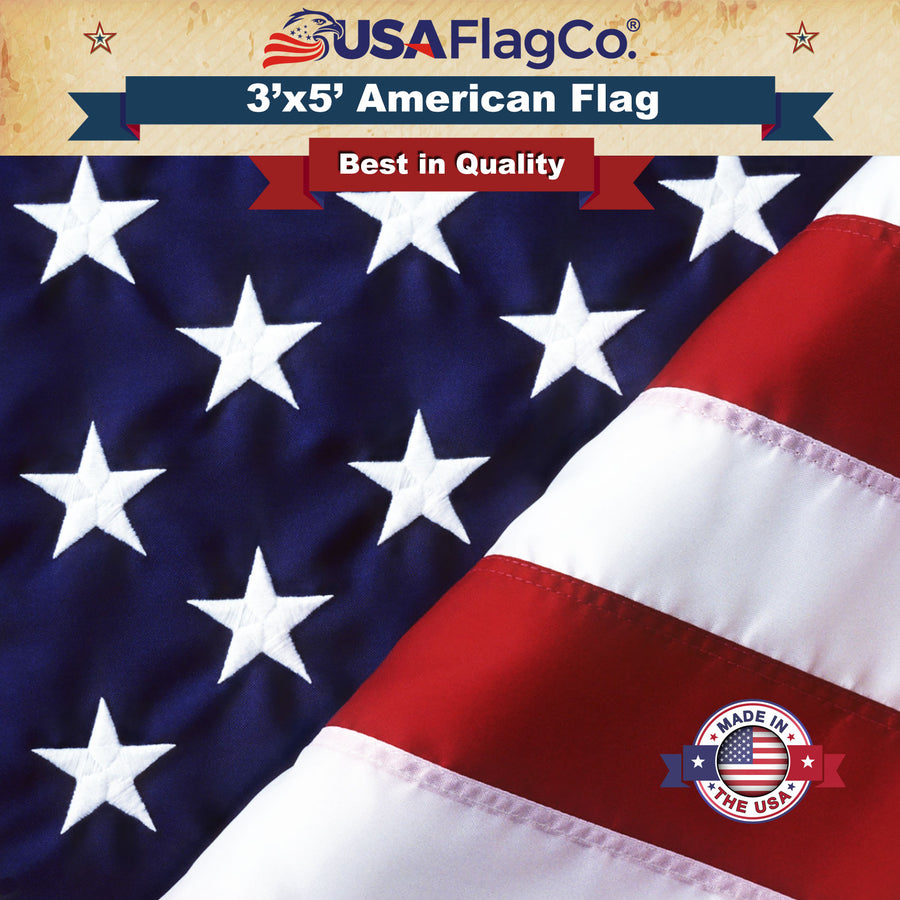
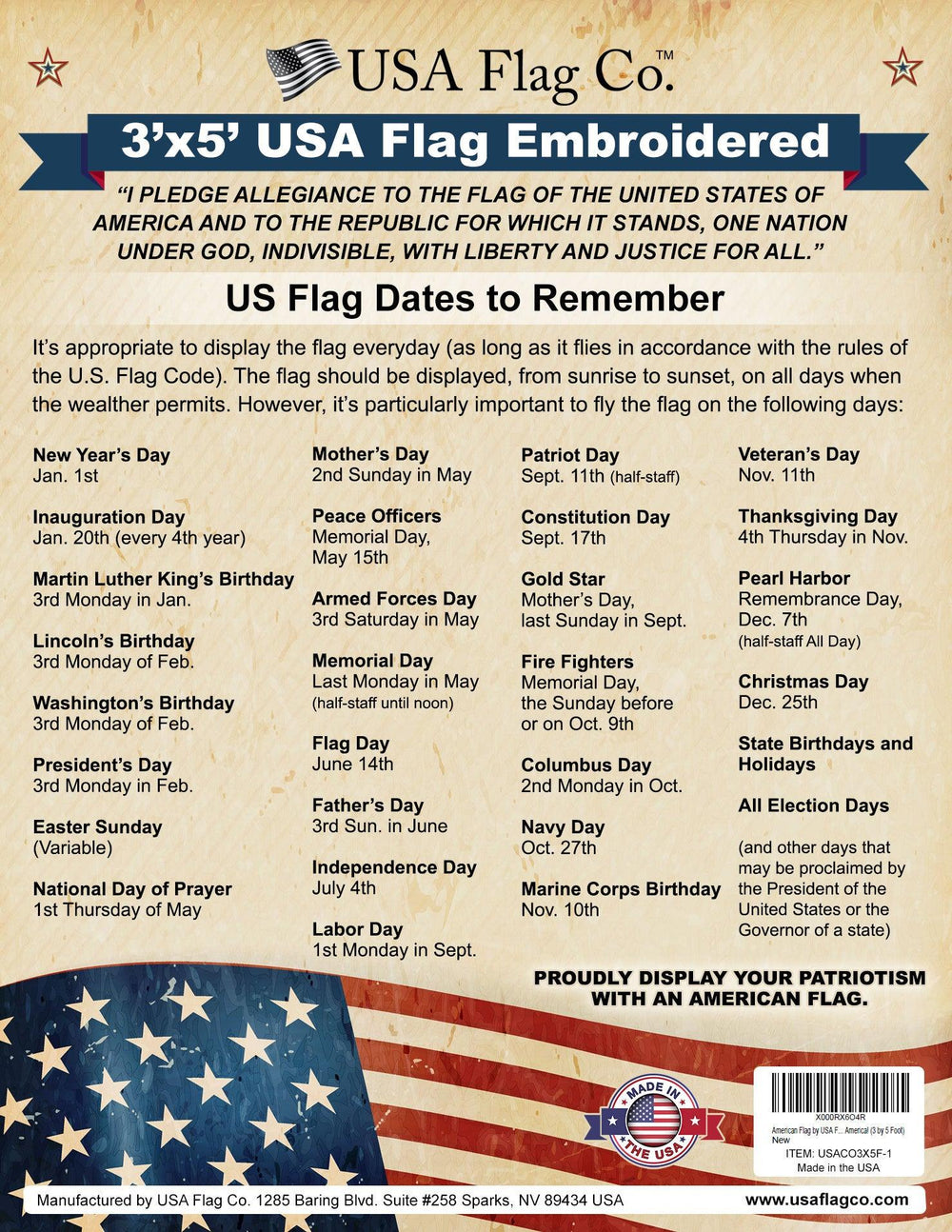
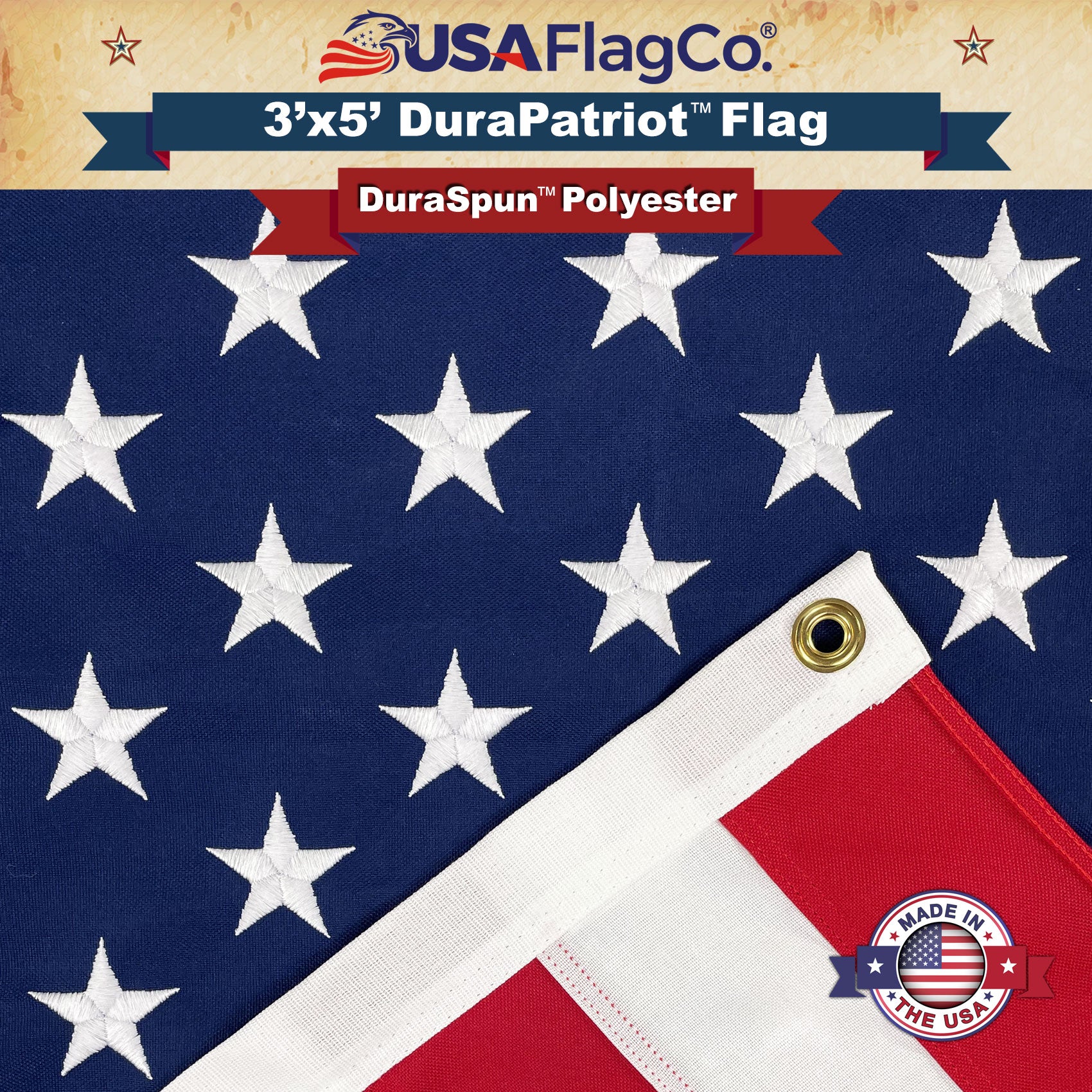
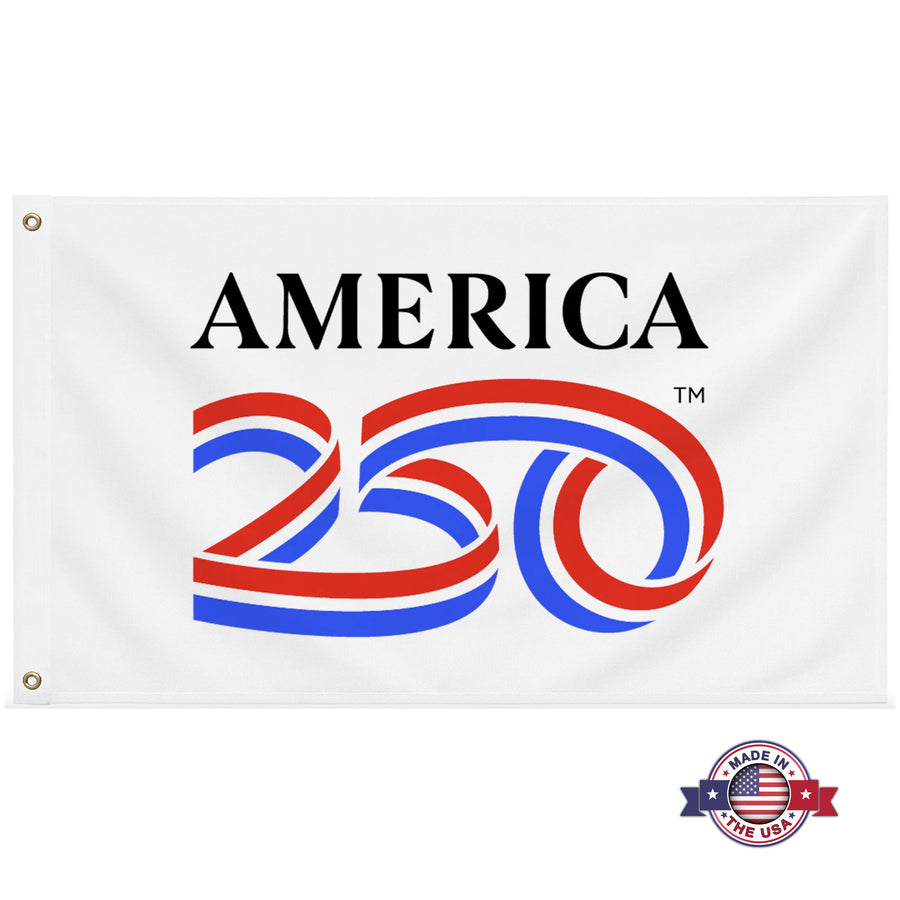
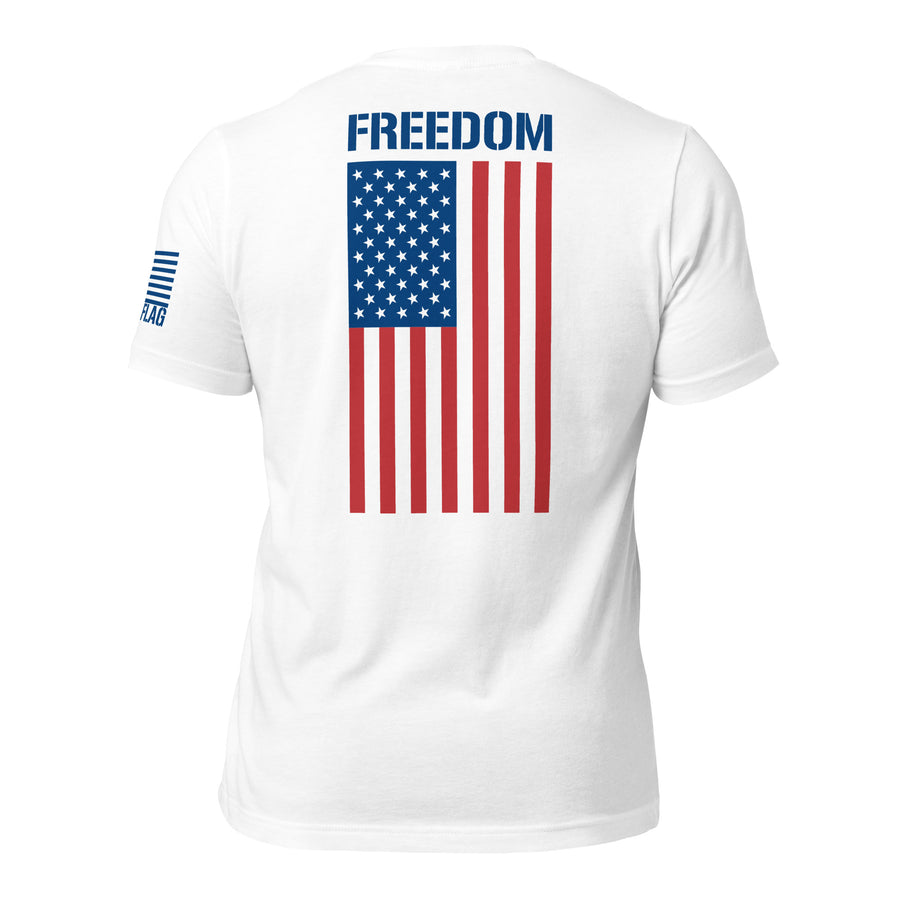
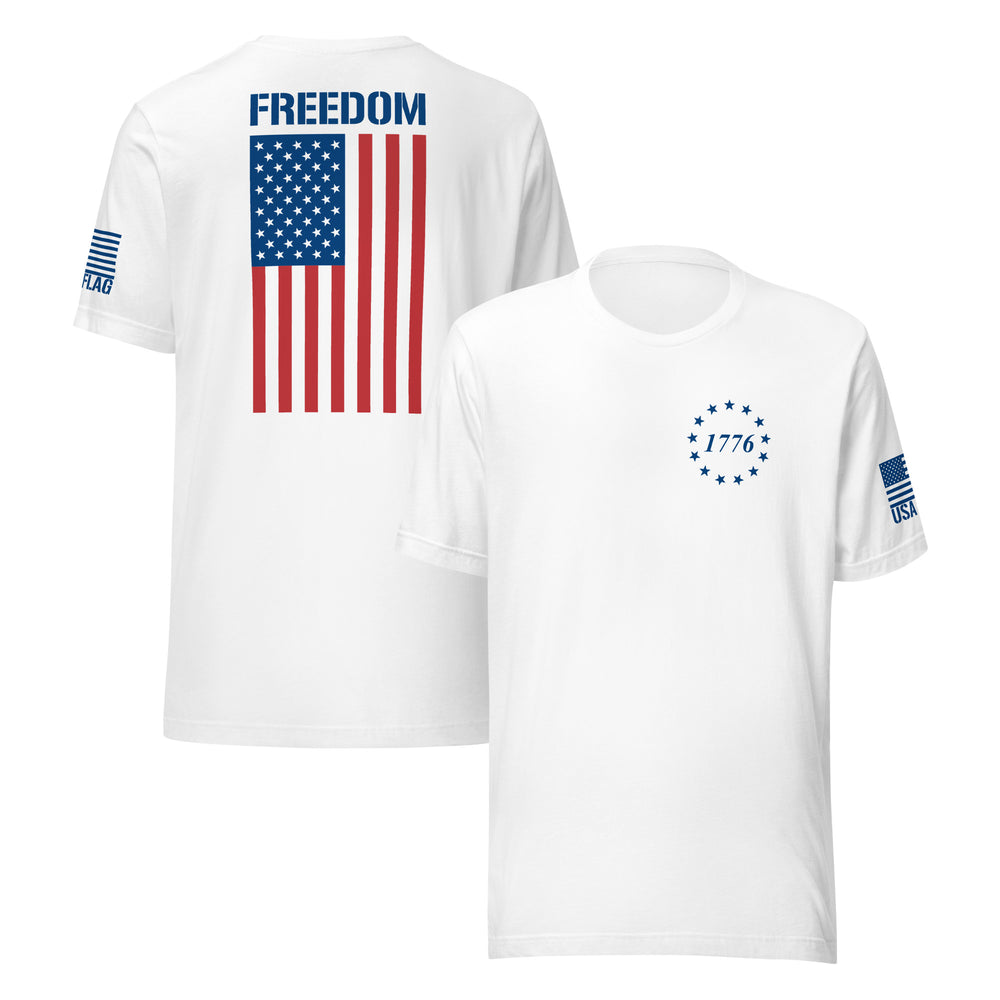
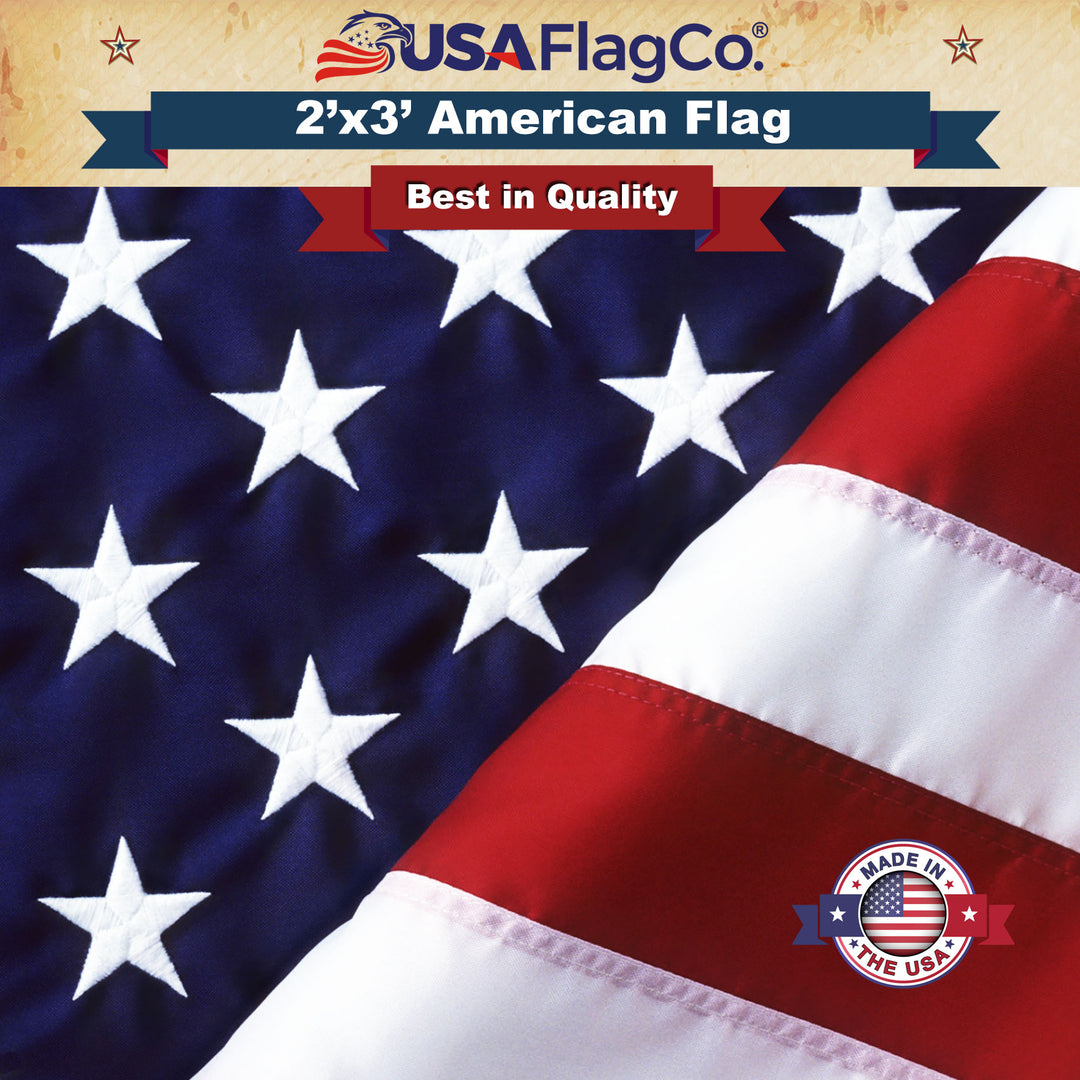
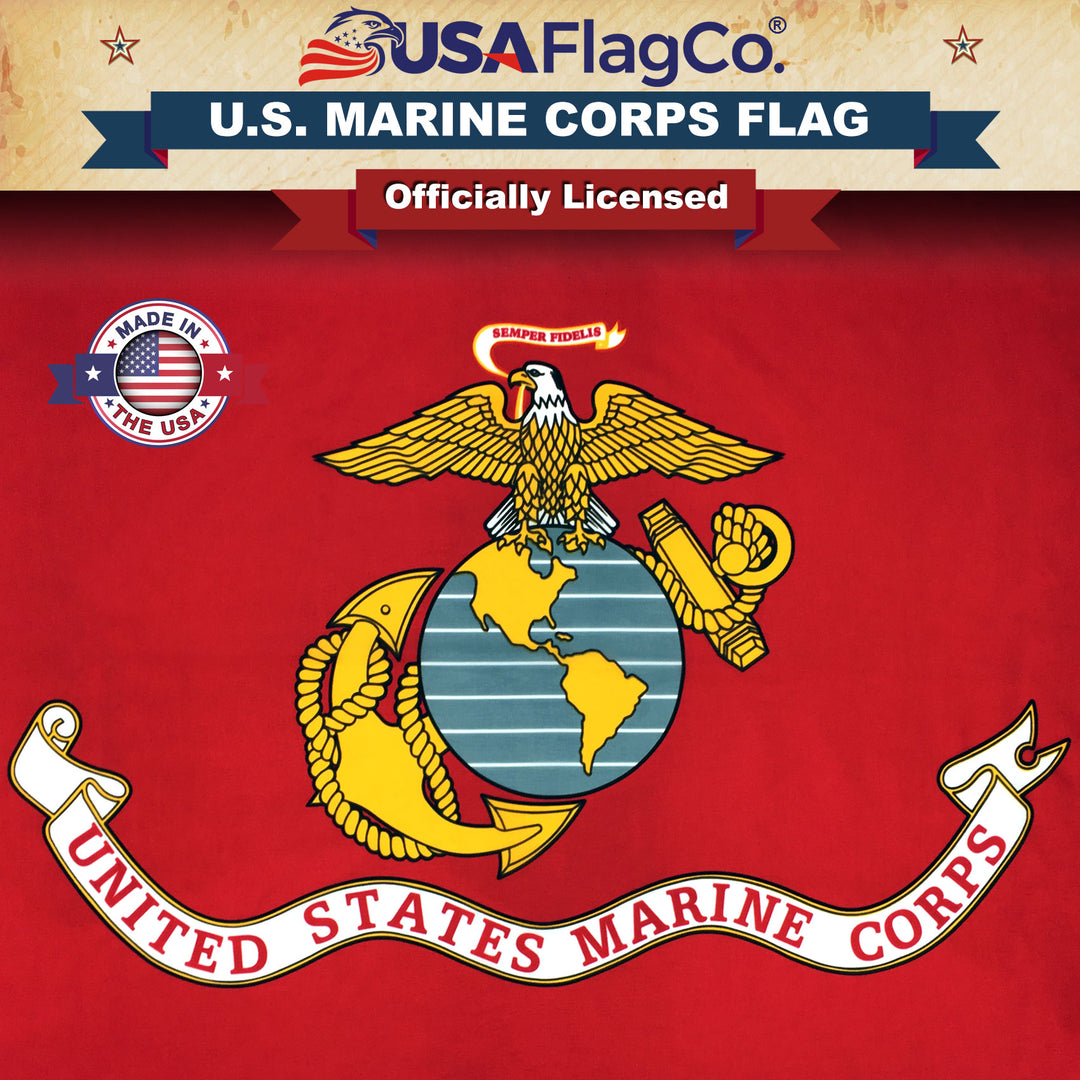
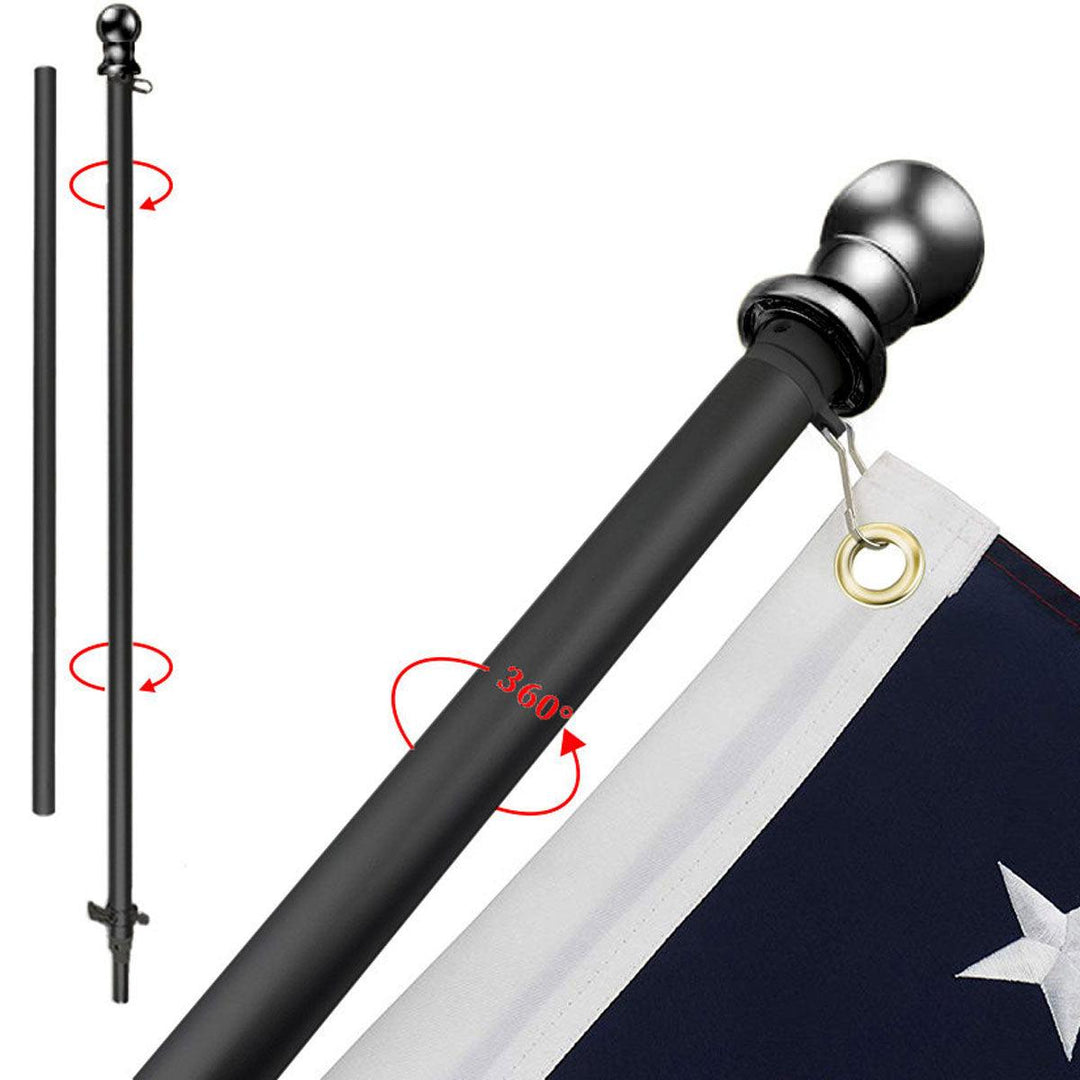
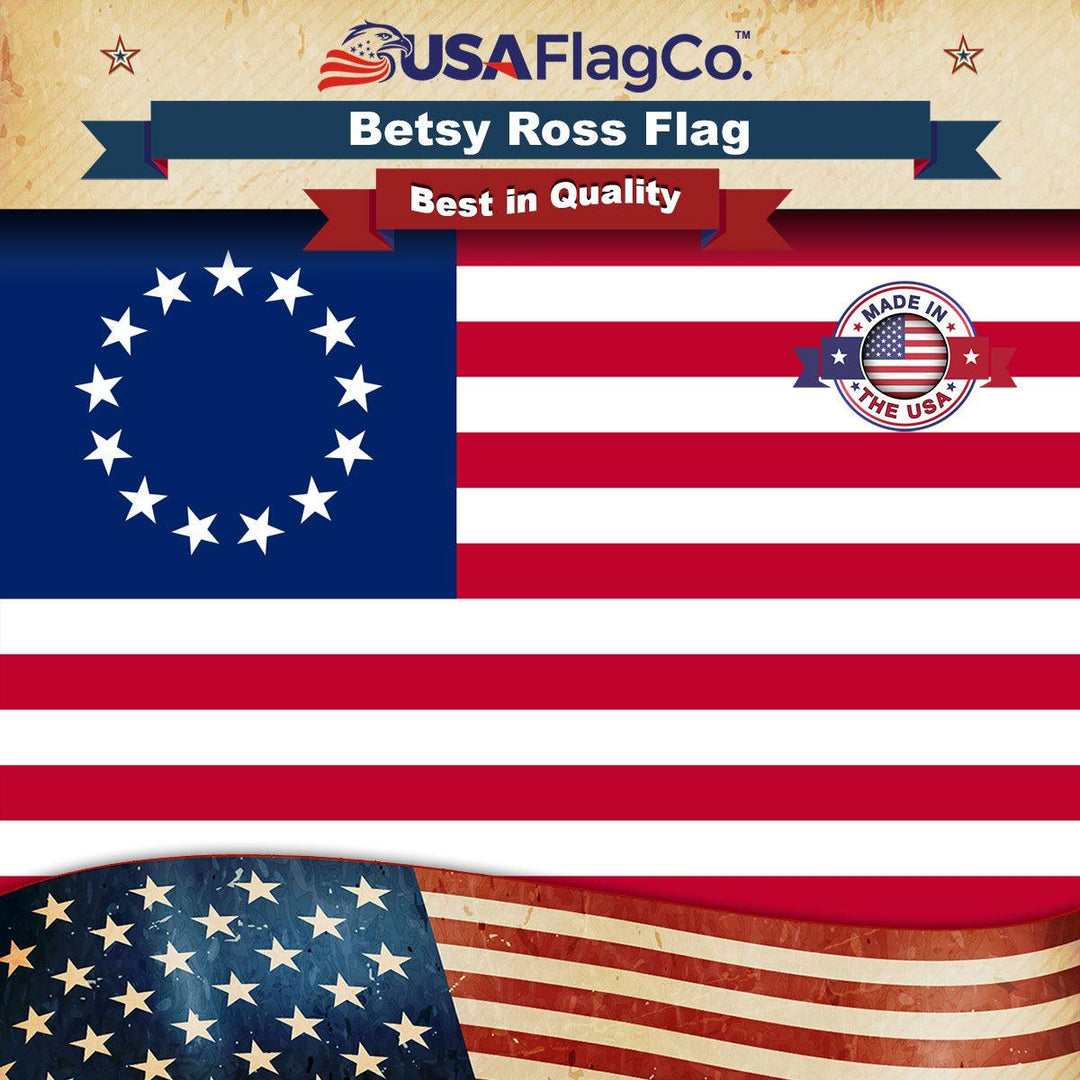
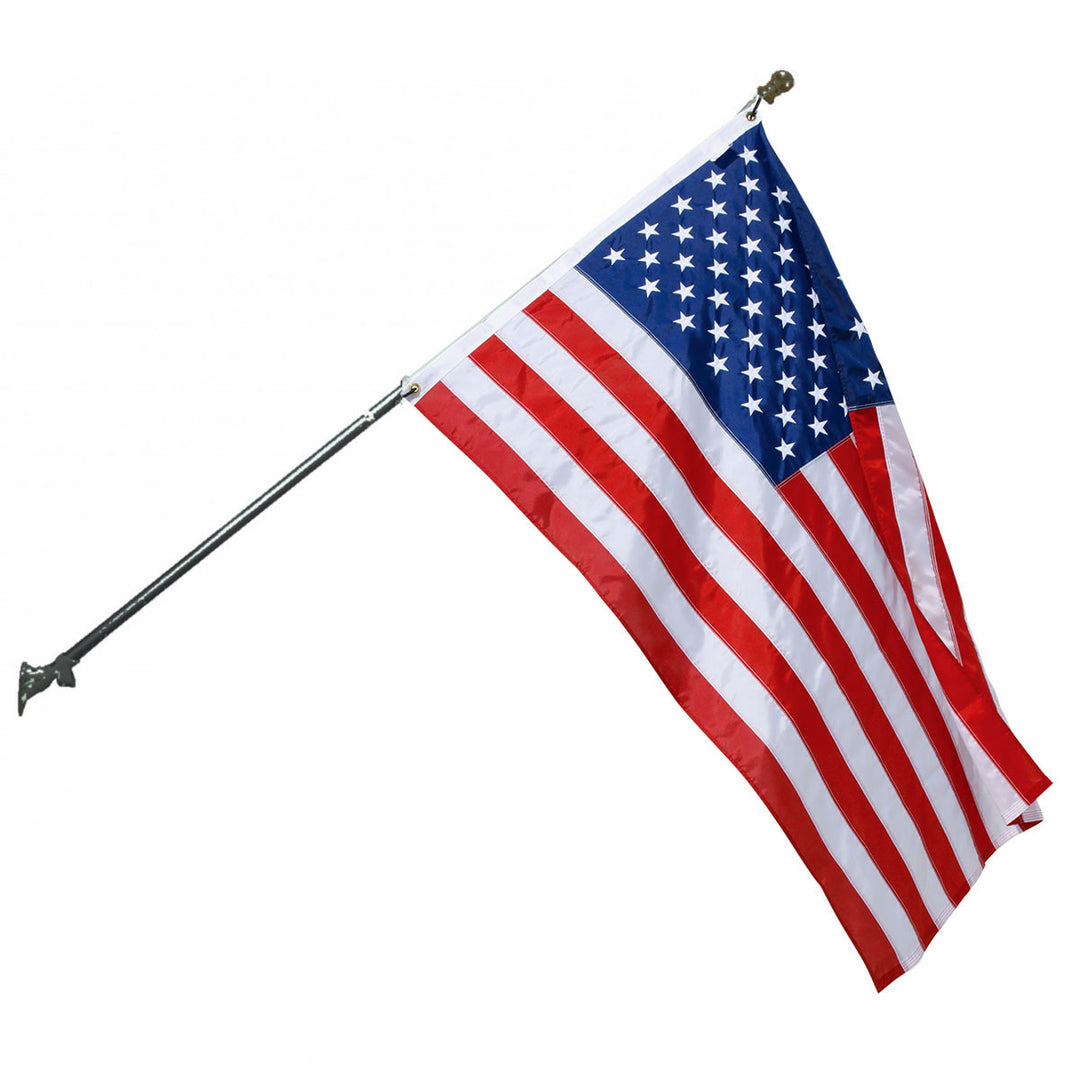
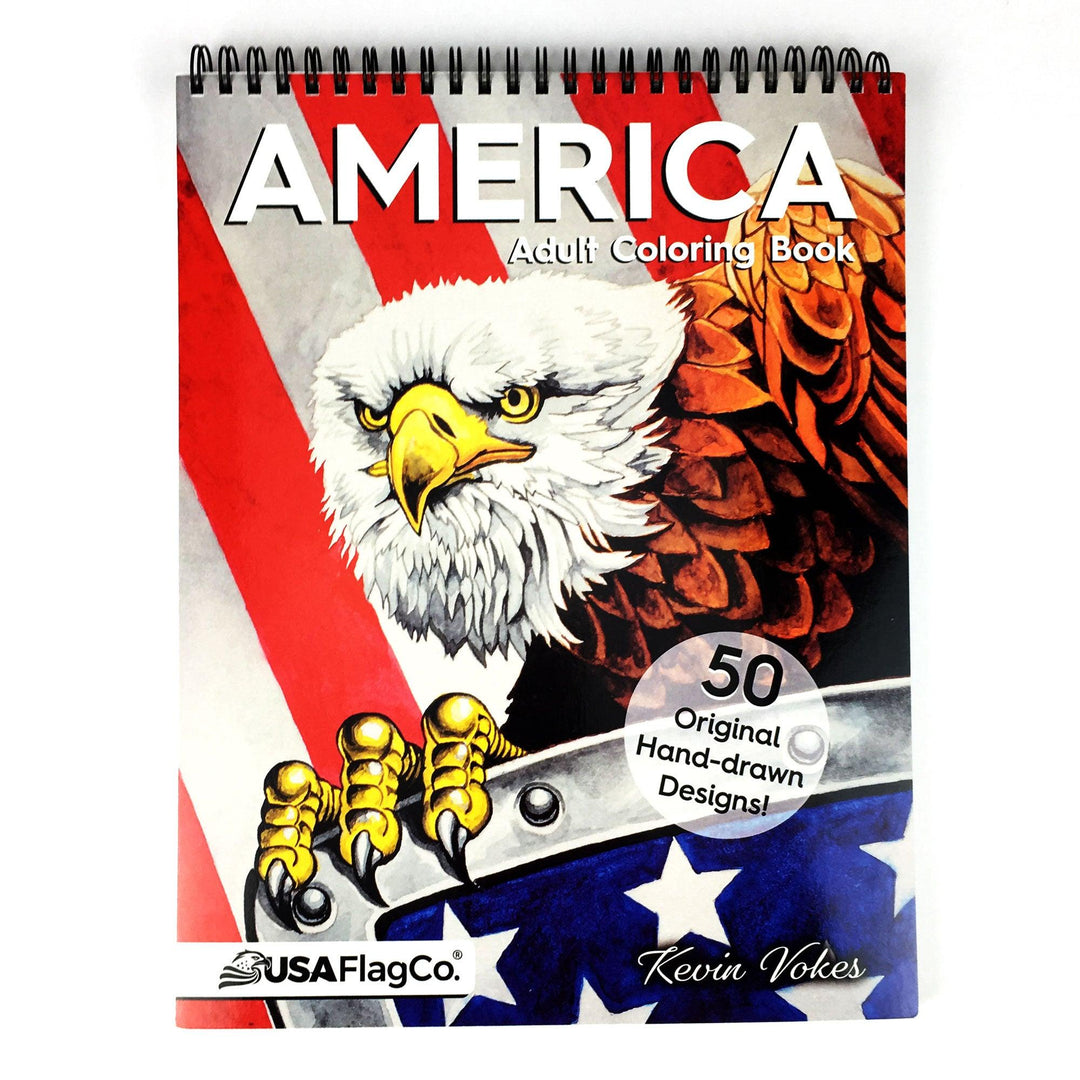
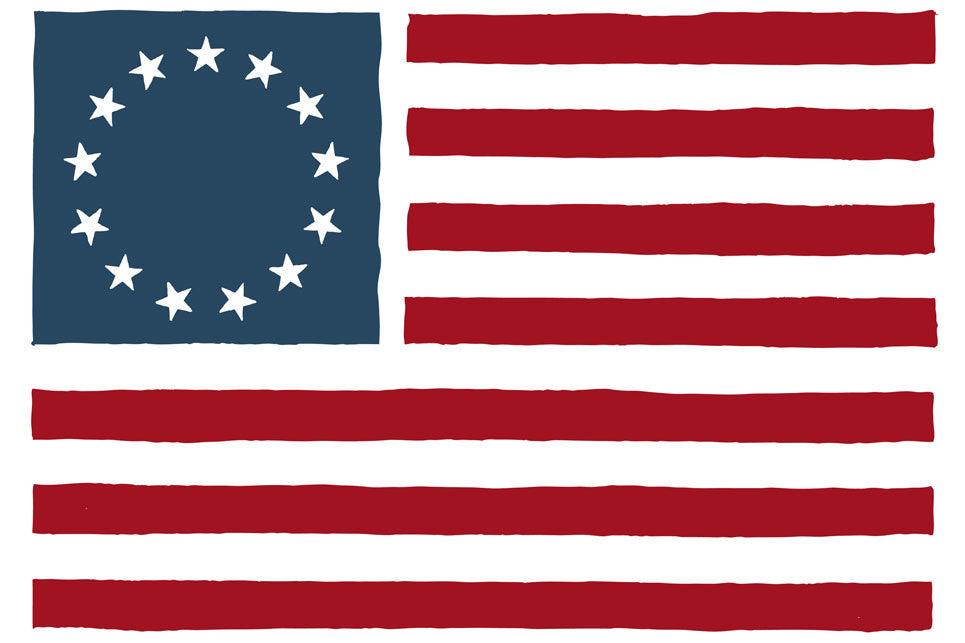
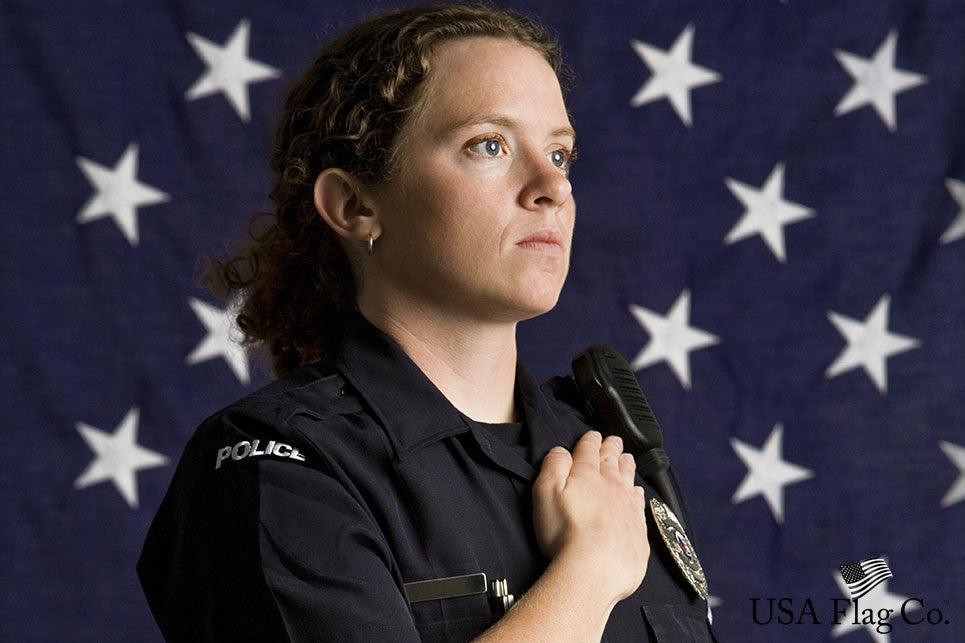
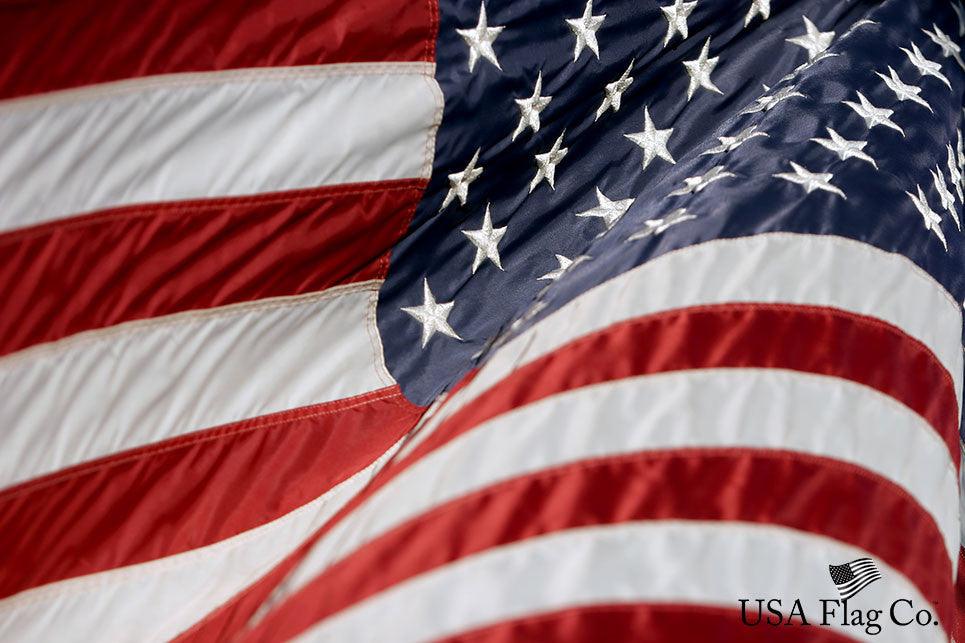
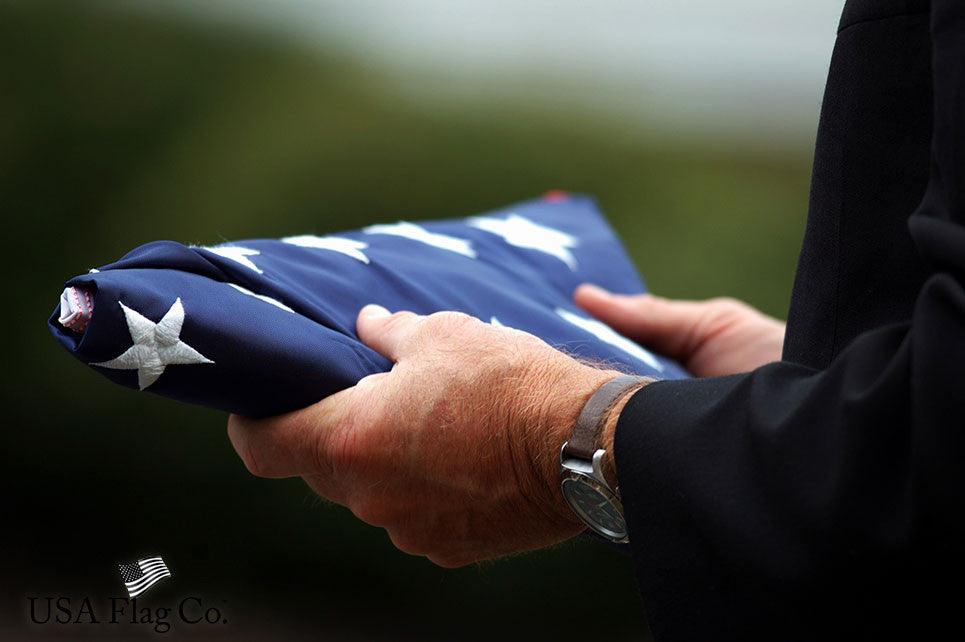
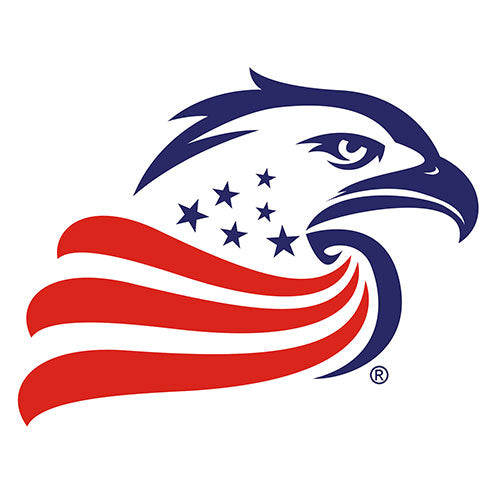

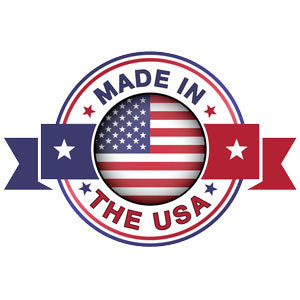
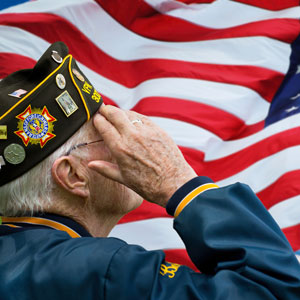
Leave a comment